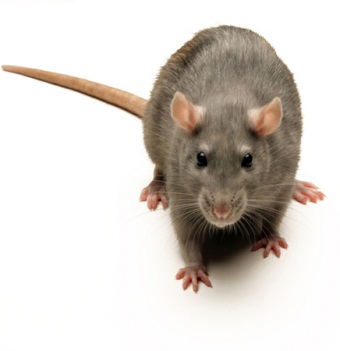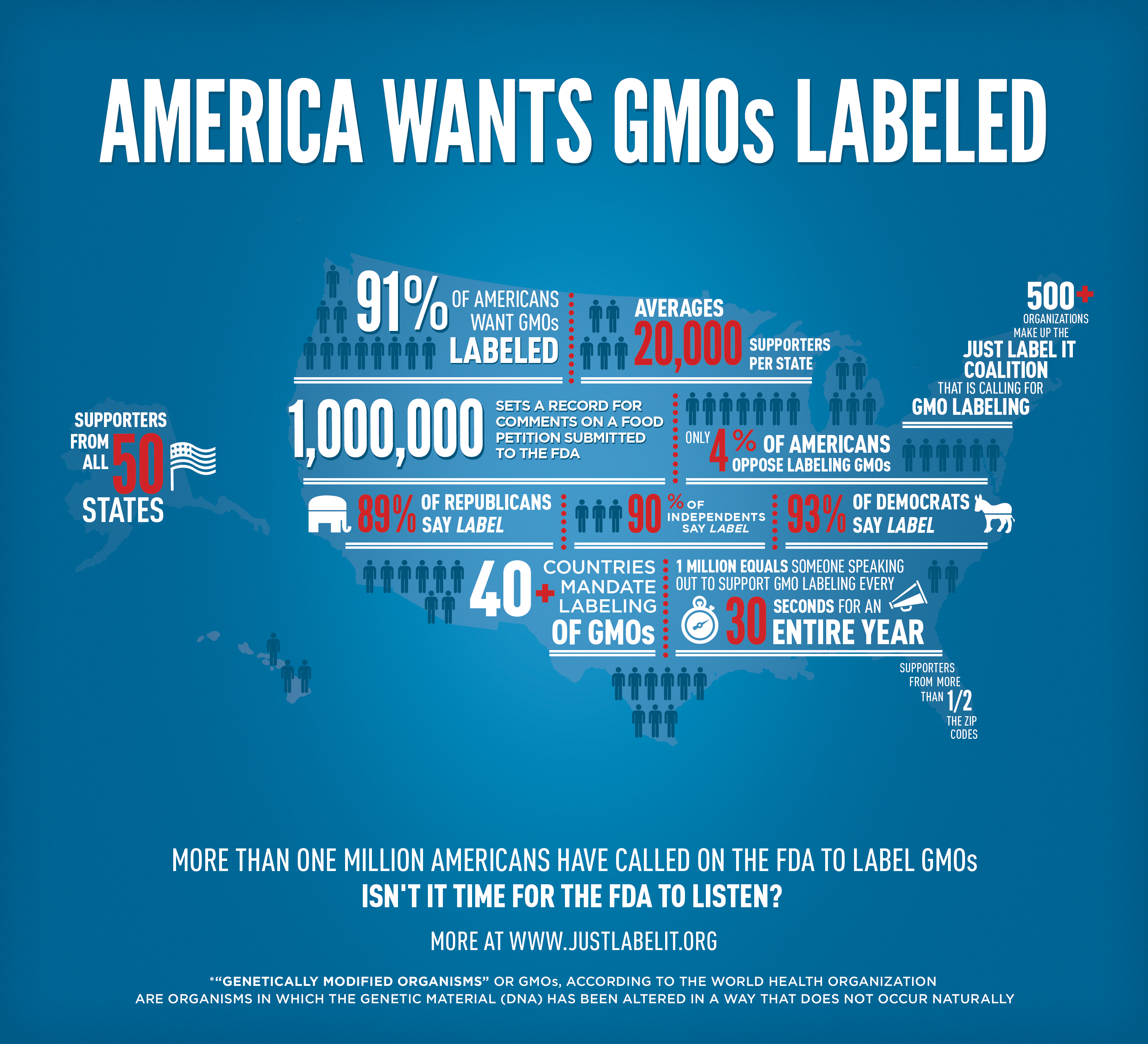02
Apr
Biotech Rider Undermines U.S. Food Security
(Beyond Pesticides, April 2, 2013) On March 26, President Obama signed into law House Resolution 933, a stop-gap Continuing Resolution(CR) that allowed the U.S. to avoid a government shutdown for six months. The resolution contains the “biotech rider,” or amendment that takes away the authority of federal courts to halt the sale or production of genetically engineered (GE) crops, undermining the courts’ ability to protect farmers and the environment from potentially hazardous GE crops- a major violation of the separation of powers, an essential element of U.S. constitutional governance and law.  It would also compel the U.S. Department of Agriculture (USDA) to immediately grant any requests for permits to allow continued planting and commercialization of unlawfully approved GE crops. The rider, section 735 of the resolution, also dubbed the “Monsanto Protection Act” for the GE corporate  giant, was never voted on and was written by Senator Roy Blunt (R-MO), who worked with Monsanto to craft its language. This new rule will be viewed as a challenge for environmental organizations as courts have played an important role in slowing the growth of GE industry due to noncompliance with environmental law.
In early March, Beyond Pesticides reported that a coalition of over one hundred food businesses and retailers, and family farm, consumer, health, environmental and civil liberties groups, lead by Center for Food Safety (CFS) and including Beyond Pesticides, united to oppose the biotech rider and urged the public to contact their Senators and demand that Appropriations Chairwoman Barbara Mikulski(D-MD) pull this dangerous and unconstitutional rider. Because the rider was adding to a CR that was needed to avoid a government shutdown, members of Congress were reluctant to oppose the resolution.  However, the rider has far reaching implications. According to Senator John Tester (D-MT), who worked to remove the rider and is the only farmer in the Senate, “If the USDA makes a mistake when it issues a permit to plant a genetically modified crop, they can’t go back and pull that crop out of the ecosystem, out of our land. If a court finds that, in this case the USDA, a federal agency, finds this crop is bad, is harmful, the USDA, because of this rider, is required not to comply with that court ruling.” According to CFS the rider will be law for the 6-month life of the CR. Beyond Pesticides, along with other consumer and environmental organizations, will continue to work to ensure this rider is not extended.
The rider also seemed to take some members of Congress by surprise. Many Democratic members of Congress were unaware that the rider had been added to HR933. The chair of the Senate Appropriations Committee Chairwoman Barbra Mikulski released a statement asserting her opposition to the rider after her committee allowed it in the Continuing Resolution, “As Chairwoman of the Appropriations Committee, Senator Mikulski’s first responsibility was to prevent a government shutdown. That meant she had to compromise on many of her own priorities to get a bill through the Senate that the House would pass. She will continue to fight for a regular and timely Appropriations process and other valuable priorities, including food safety.” Senators Boxer (D-CA), Gillibrand (D-NY), Leahy(D-VT) , Begich (D-AK) and Blumenthal(D-CT) also worked with Sen. Tester to introduce an amendment to strip the biotech rider and preserve judicial oversight over regulatory decisions for the allowance of GE crops.
The author of the rider, Sen. Blunt, has deep connections to Monsanto, which is based in his state of Missouri. Sen. Blunt has received $70,592 in campaign contributions from Political Actions Committees (PACs) supported by the food and biotech industries which is the most received by any member of the Appropriations Committee and second most by any senator. Â
The expansive planting of GE crops in the U.S. has already led to several environmental incidents. A recent study found that the dramatic loss of Monarch butterflies can be tied to the expansion of GE crops. Historically, milkweed has been the key source of food for Monarch butterflies. The weed was typically found in several key states where the butterfly feeds and breeds: Iowa, Minnesota, Wisconsin, Illinois, Indiana, parts of Ohio and the eastern Dakotas. But now these areas have been planted with more than 120 million acres of corn and soybeans genetically engineered to be tolerant to glyphosate, and many other herbicides, allowing farmers to use glyphosate to kill milkweed in and around farm fields. The widespread use of glyphosate with GE crops has similar effects in eliminating habitat in which honey bees and wild bees forage.
Weeds are also growing increasingly resistant to the herbicides used on GE crops. Farmer dependency on the herbicide glyphosate to solve all of their weed problems has led to the proliferation of so-called “super weeds,” which have evolved to survive the treatments through repeated exposure. The spread of resistance is what has led farmers to increasingly rely on more toxic alternative mixtures. In November of 2012, the U.S. Environmental Protection Agency (EPA) granted an emergency exemption to allow the unregistered use of the herbicide fluridone on cotton in order to control glyphosate resistant weeds.  Fluridone is an aquatic herbicide used to control large aquatic plants and has not been assessed on endangered animals.
The proliferation of GE crops also poses a risk to a growing organic agriculture industry. Allowing GE crops to be grown close to organic produce increases the risk of cross contamination, as pollen from GE crops has the potential to drift. If organic farmers’ crops become polluted with genetically engineered pollen, they may be subject to financial losses.  In January, a local branch of GMO-Free Oregon filed a petition to ban GE crops in their county because farmers had been forced to throw away seed tainted with GE crops.
This rider is also a concern for consumer health and environmental organizations because they have used court decisions to help slow down the advance on GE crops. In October 2012, a federal court ruled in favor of halting cultivation of GE crops in all national wildlife refuges in the Southeastern U.S. Â The suit, filed by Public Employees for Environmental Responsibility (PEER), CFS, and Beyond Pesticides, was a part of a series of legal actions taken against the U.S. Fish & Wildlife Services (FWS) for entering into cooperative farming agreements for GE crops on wildlife refuge sites without the environmental review required by the National Environmental Policy Act (NEPA) and refuge management laws.
In August of 2012, the Oregon Court of Appeals ordered a temporary halt to the state’s plan to allow genetically engineered (GE) canola to be planted in parts of the Willamette Valley, Oregon. The order is in effect until the court rules on a lawsuit filed by opponents of GE canola planting who say it threatens the state’s $32 million specialty seed industry.
Even with the rider setback, consumer, health and environmental organizations are gearing up for campaigns in several different states to require all genetically engineered ingredients in food to be labeled.
For more information on the environmental hazards associated with GE technology, visit Beyond Pesticides’ Genetic Engineering webpage. The best way to avoid genetically engineered foods in the marketplace is to purchase foods that have the USDA Certified Organic Seal. Under organic certification standards, genetically modified organisms and their byproducts are prohibited.
For a discussion on GE food and biodiversity, join us for our 31st National Pesticide Forum in New Mexico April 5-6. Andrew Kimbrell, executive director of Center for Food Safety will be joined by local organic farmers and organizers, including: Eleanor Bravo of Food and Water Watch—NM, who helped with New Mexico’s labeling bill, and Isaura Andaluz, executive director of Cuatro Puertas and the only member of AC21 to dissent the report on strengthening coexistence among agricultural production methods because of the undue burden it places on organic farmers. For more information and to register, go to www.beyondpesticides.org/forum.
Source: Living on Earth
All unattributed positions and opinions in this piece are those of Beyond Pesticides.









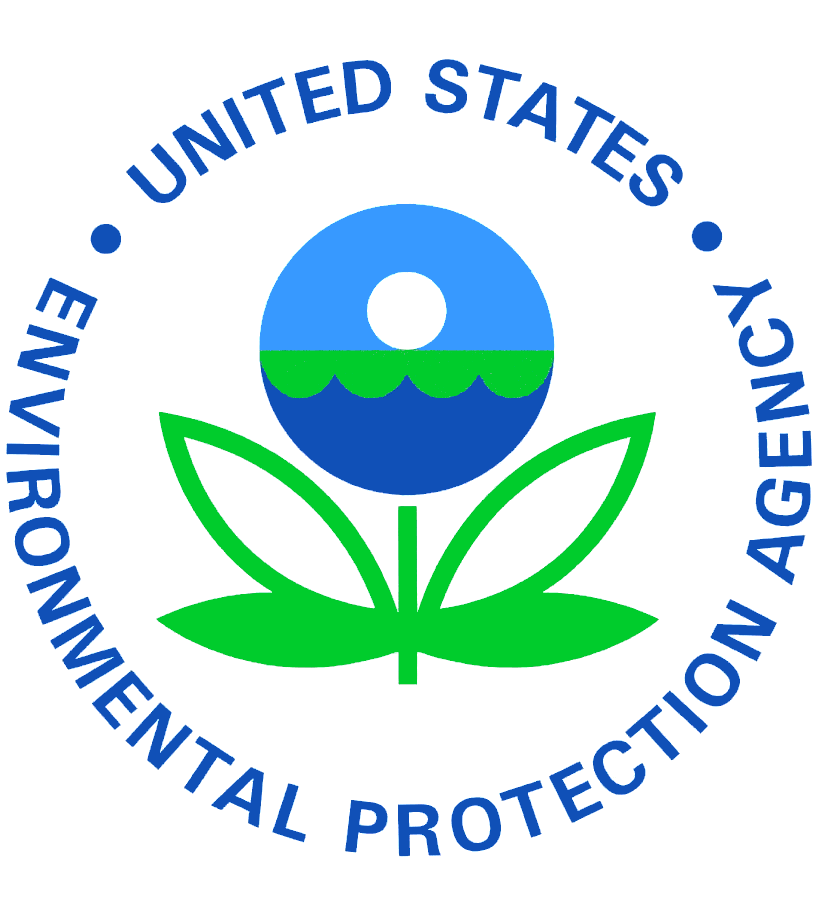


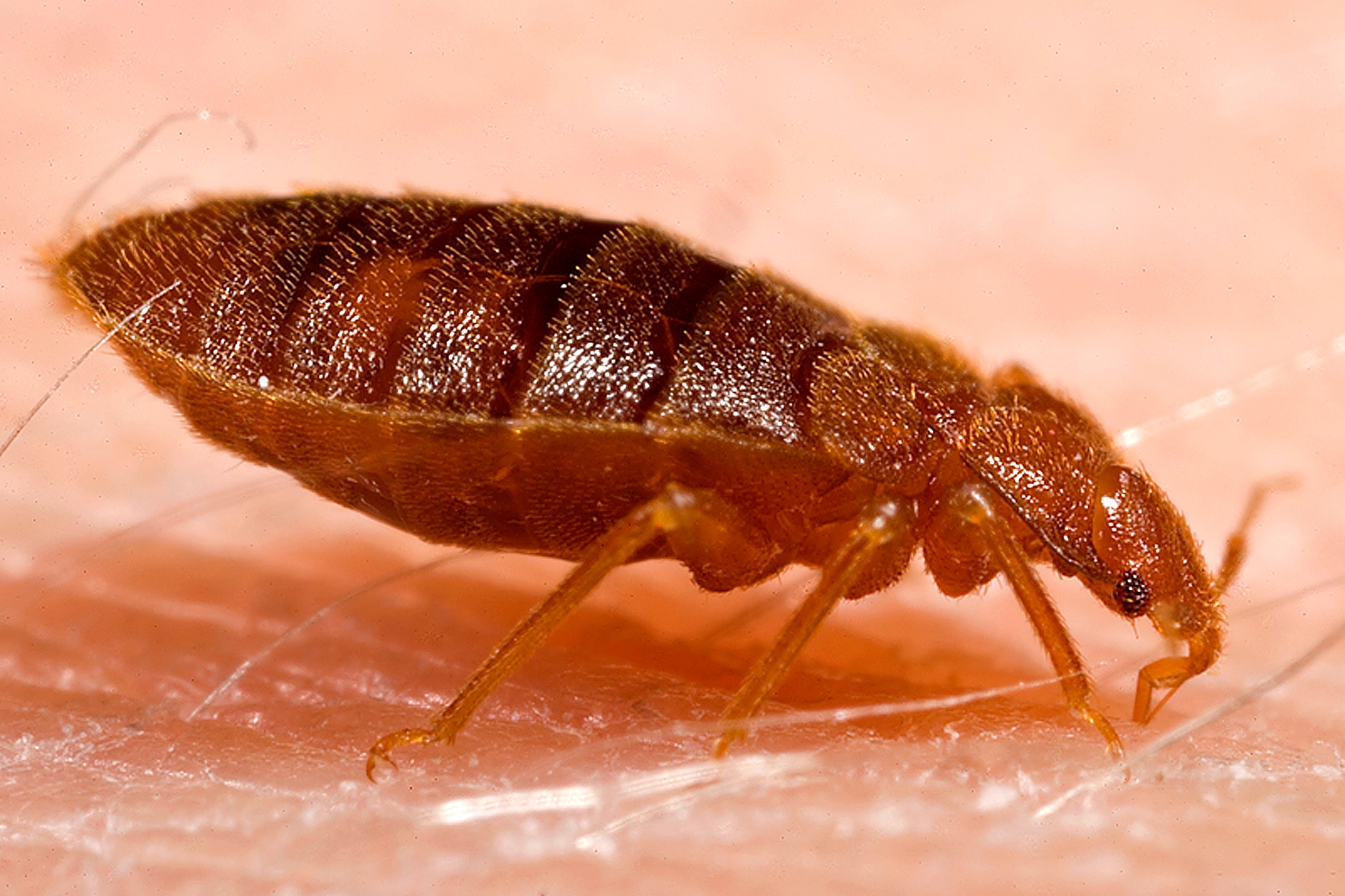
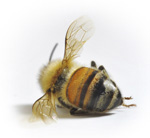




 The rider would not merely allow, but would compel the Secretary of Agriculture to immediately grant any requests for permits to allow continued planting and commercialization of an unlawfully approved GE crop.
The rider would not merely allow, but would compel the Secretary of Agriculture to immediately grant any requests for permits to allow continued planting and commercialization of an unlawfully approved GE crop.